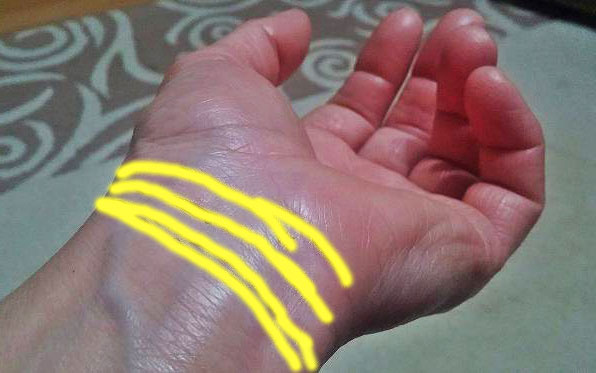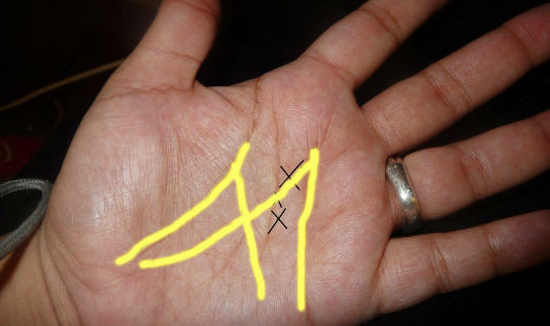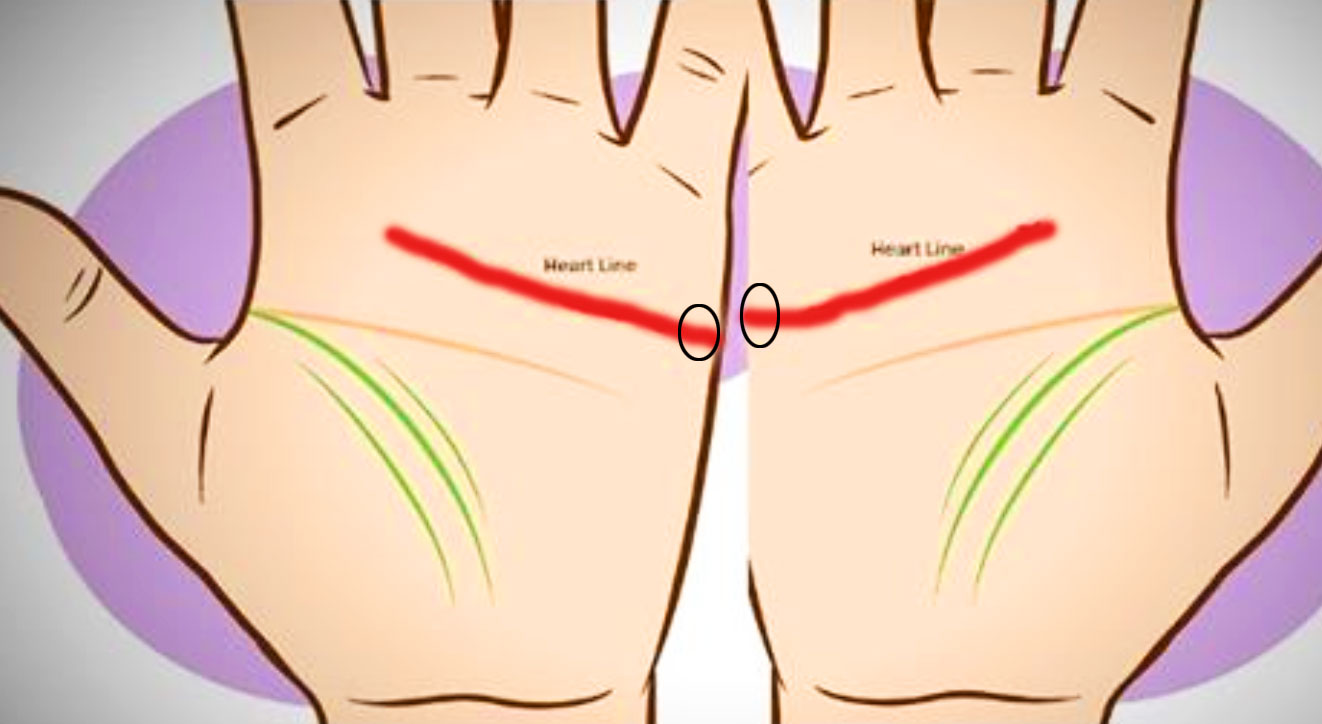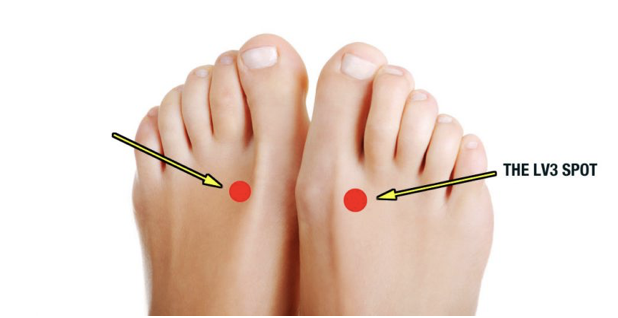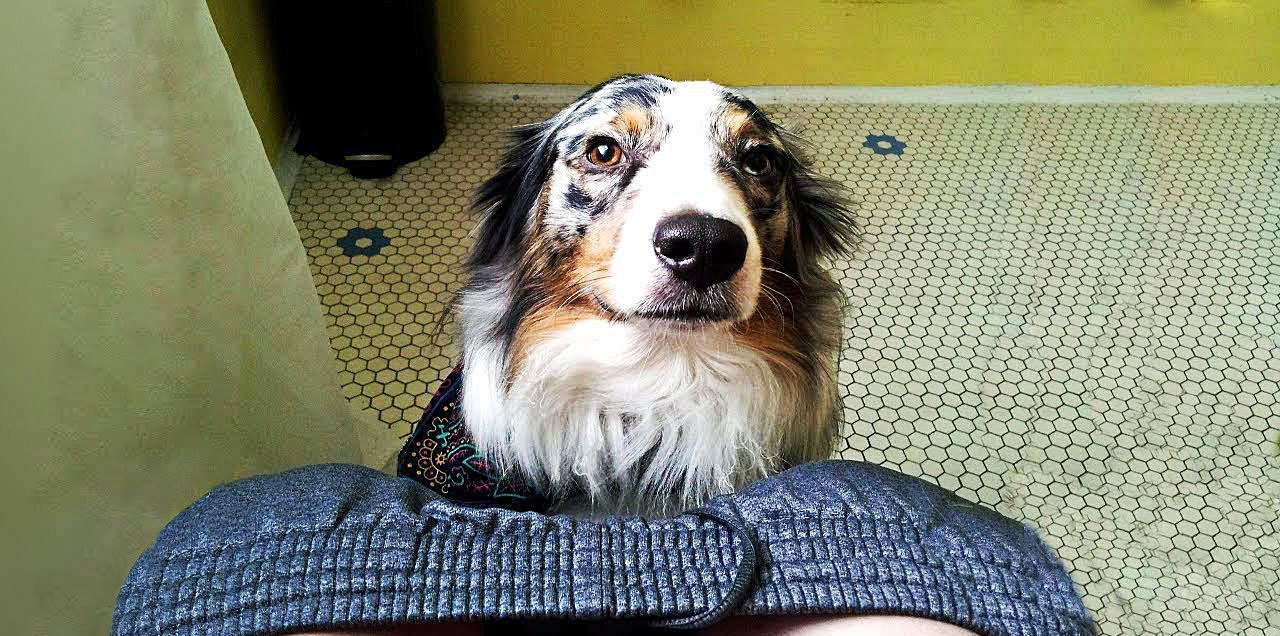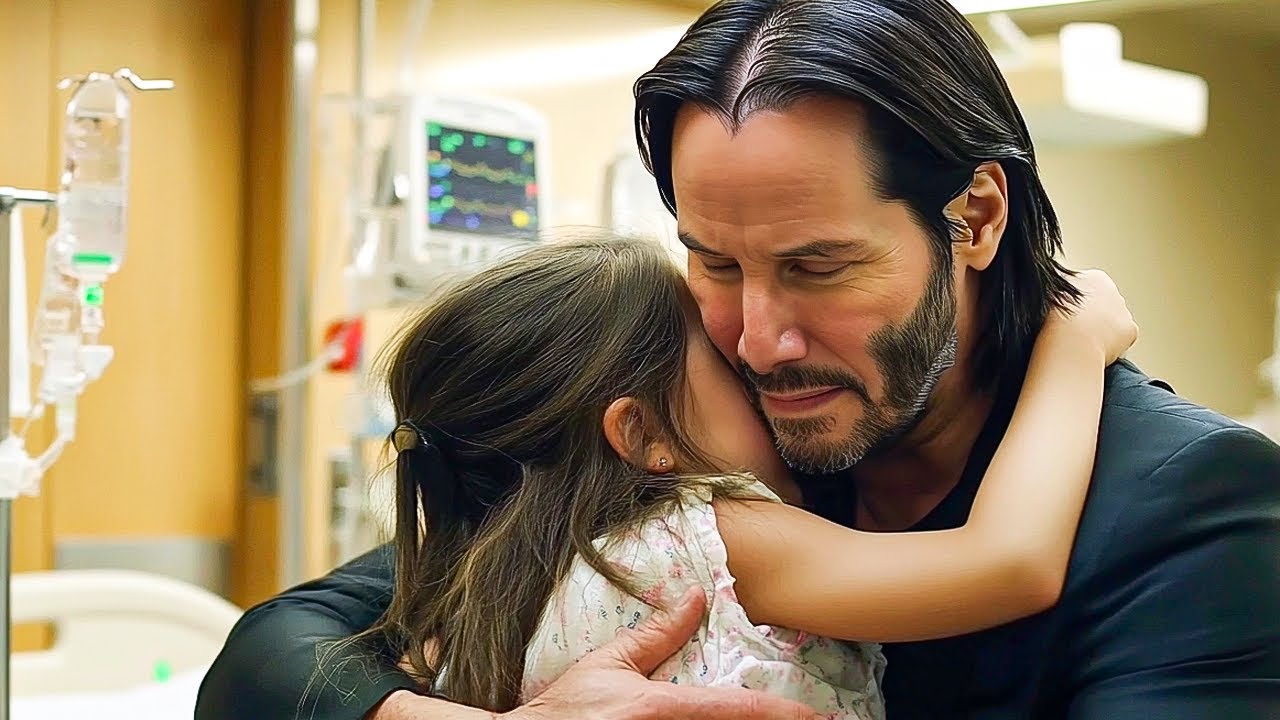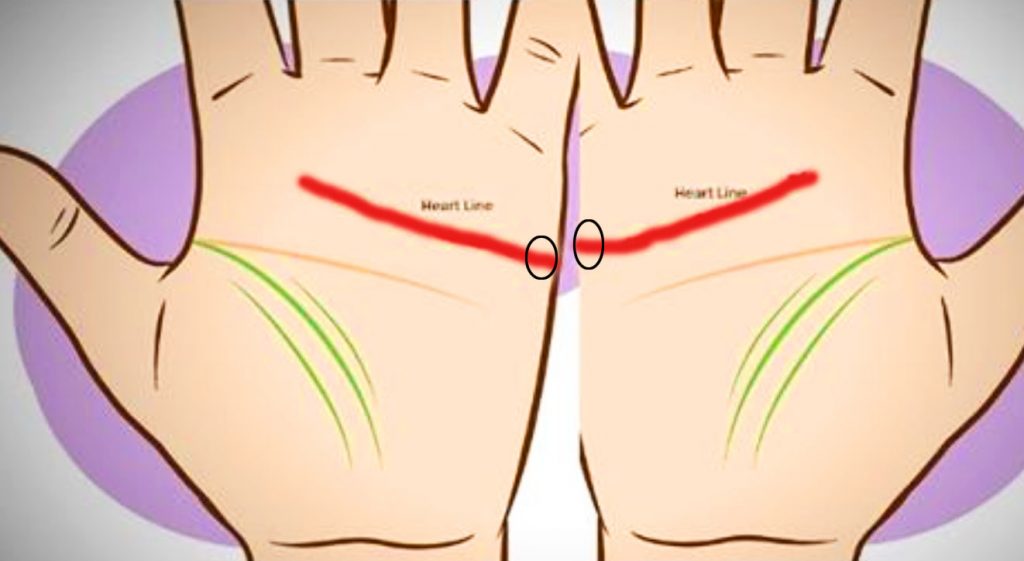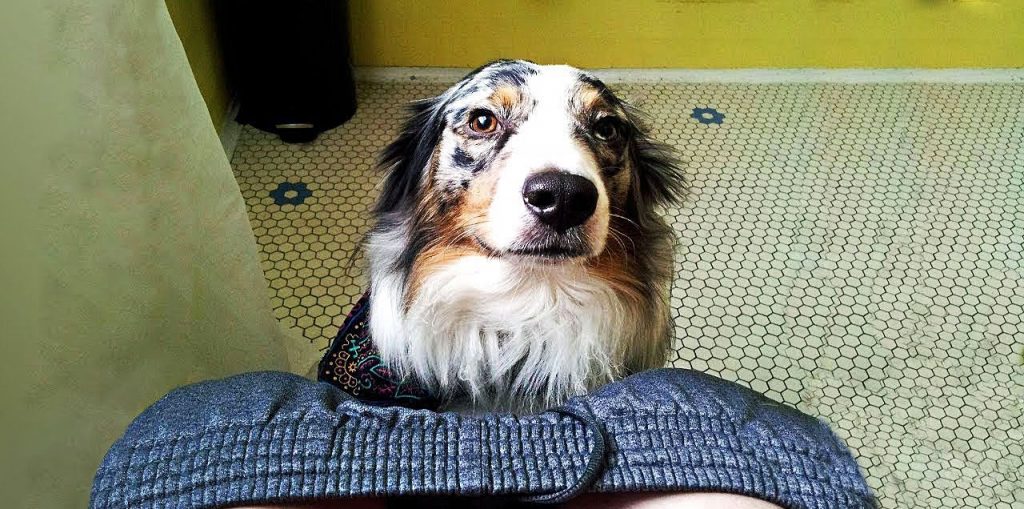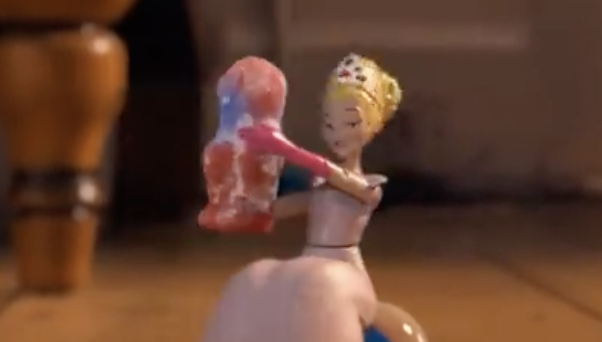
All newborn babies and infants are extremely vulnerable to choking hazards. At the beginning stages of life everything is new to them and their tiny bodies are extremely fragile. It’s a never ending battle for parents and caretakers, who have to constantly be on the lookout for potential hazards, in order to keep them safe. In terms of size, a young child’s windpipe is comparable to the diameter of a drinking straw and their throats aren’t much wider.
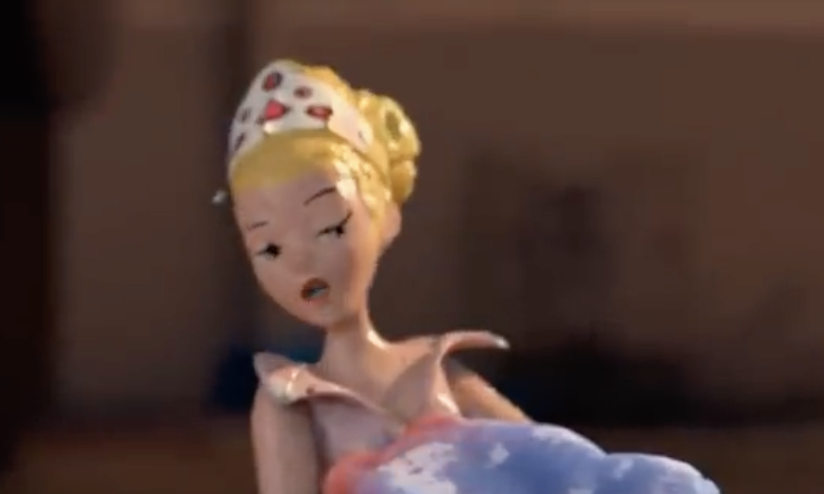
In children under 5 years of age, choking is the fourth leading cause of unintentional death, and food is the the most common cause in these cases. Any food can be a possible choking risk and young children should always be closely supervised when eating or drinking. Another danger to infants is toys and small objects left around the house that they can get their hands on and stick in their mouths.
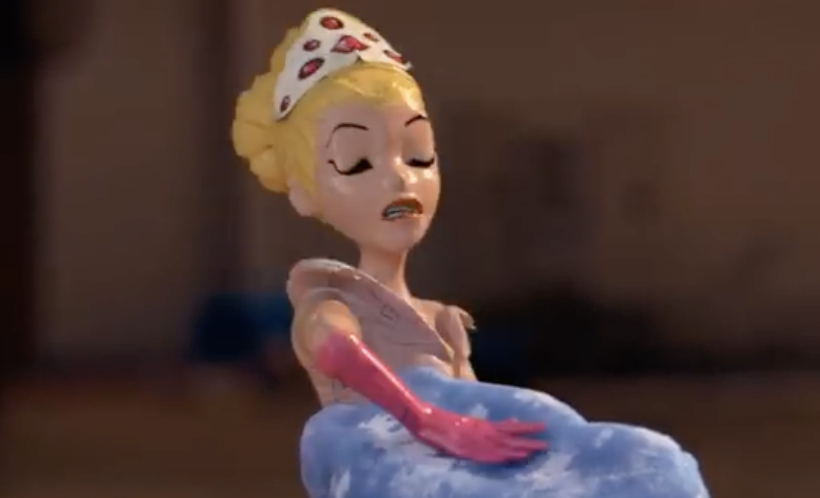
While some toy manufacturers clearly label toys that may present a choking hazard to kids, many others do not. Regardless of that, lots of small objects that aren’t specifically made for kids are all around houses and if you don’t baby-proof areas children play in, you are asking for trouble. If a child ever does end up choking on food or an object would you know what to do?
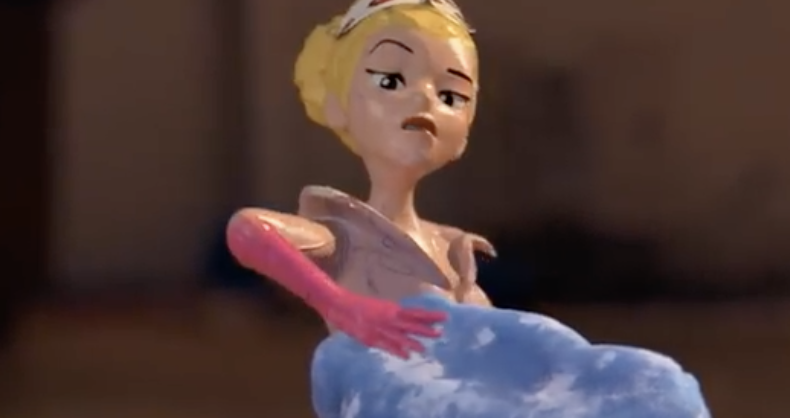
Many parents, and people in general, have no clue what to do if and when a baby starts to choke. That’s scary considering that in one survey over 40% of parents reported that they had witnessed their own baby choke.

This is what prompted St John Ambulance to make a public service advert in the form of an animated video. It both instructs and shows visually via animated characters exactly what to do if an infant child chokes or stops breathing. The following instructions were taken word for word from the advert, “If your baby is choking, lay them face down on your thigh.
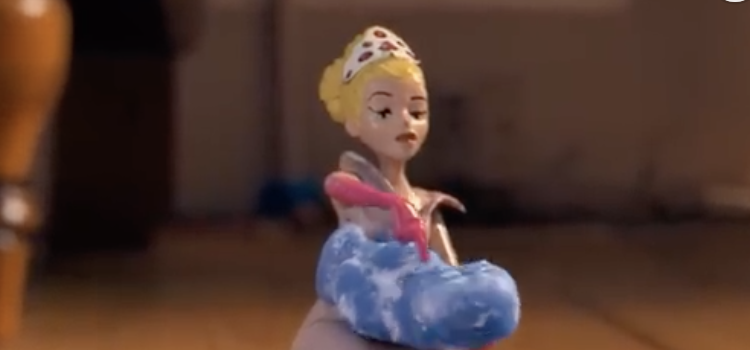
Then one gives up to five back blows. If that doesn’t work, turn them over and give them up to 5 chest thrusts….until the airway is clear. And if that still doesn’t work, call an ambulance.”
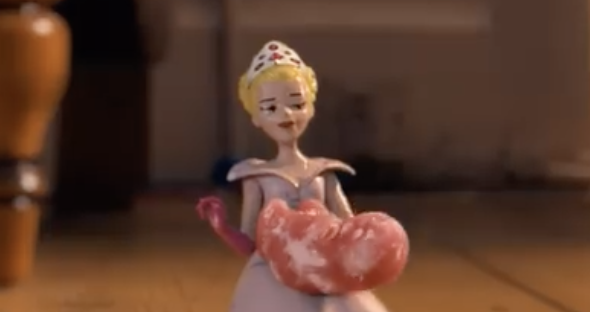
This basic information only takes a minute to digest and is easy to remember. It’s vitally important for the health and safety of all infants and babies that people know about this and are aware of what to do.
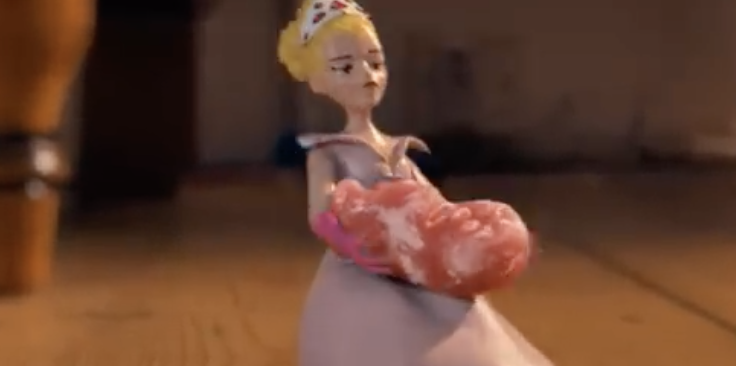
Please Share This With Your Family and Friends

